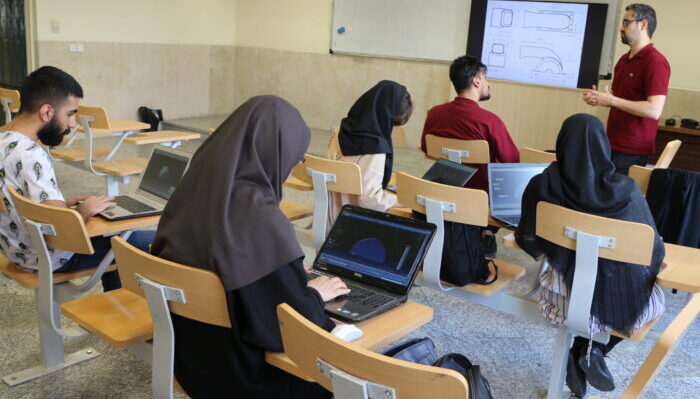Gender differences in motivation for scientific / professional development of Iranian boys and girls

Downloads
In this study, the factors predicting the motivation for scientific / professional progress among 220 girls and boys in the last year of high school in Iran were examined. The relationship between socialization (early age), socioeconomic status, religion, social discrimination, and resources in the social environment (all as possible predictor variables) with motivation for scientific / professional development (as a criterion variable) was assessed. Multiple regression statistical analysis (MRA) was used to determine the variance coefficient of each predictor variable. In addition, to identify the strongest and best predictors (predictor variables), a discriminant statistical analysis (DFA) based on four linear combinations of high and low socioeconomic status variables, for both males and Female (boys and girls), performed. By analyzing the content of visual protocols representing the motivation for progress, statistically, no image that shows a strong motivation for scientific / professional progress was displayed among these students studying in Iran. Instead, the measure revealed another unexpected picture that indicated that the subjects were preoccupied with marriage or had a strong motivation to have a relationship with the opposite sex. Consistent with research findings in the United States, Iranian girls scored lower on motivation for academic / professional advancement and less likely than boys to believe in discriminatory thoughts and ideas. Subjects with higher socioeconomic status of both sexes showed a higher degree of job motivation and enthusiasm compared to groups with lower socioeconomic status and had a more optimistic perception of the existence of social resources for job opportunities. Gender, socioeconomic status, social (local) discrimination, and the motivation to associate with the opposite sex showed a much heavier weight than other predictors of predicting differences or variances in job / professional motivation. In this article, the possible consequences, and implications of the results of this study to promote the motivation of scientific / professional progress among Iranian women are discussed. Finally, researchers' attention has been drawn to the possibility of developing different tests or assessors in cross-cultural or transcultural research to examine the motivation for scientific / professional progress.
Copyright (c) 2020 Freedom of Thought Journal

This work is licensed under a Creative Commons Attribution-NonCommercial-ShareAlike 4.0 International License.








